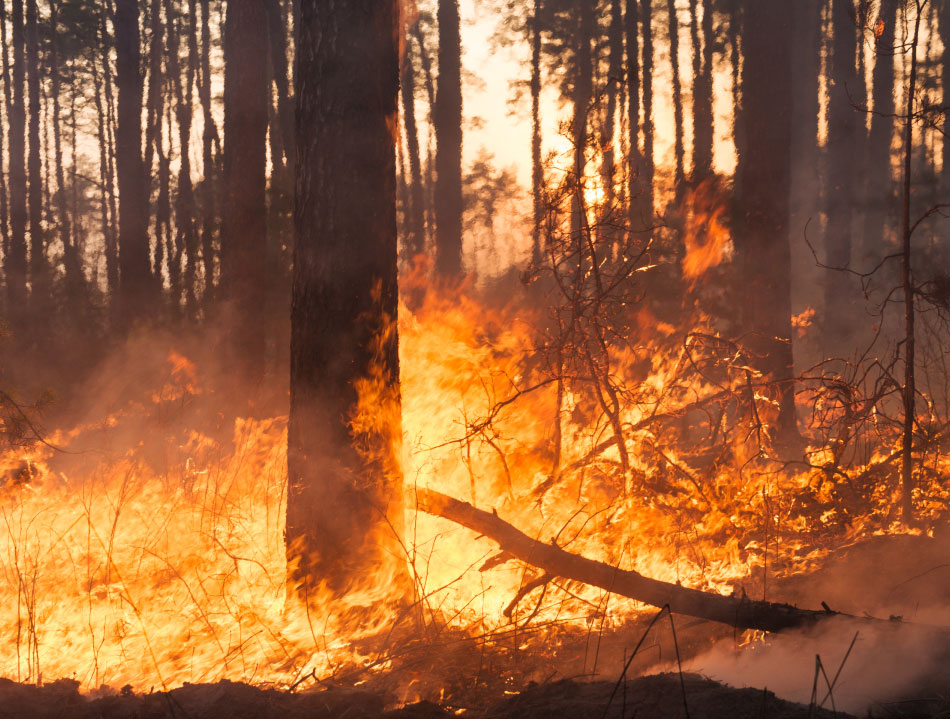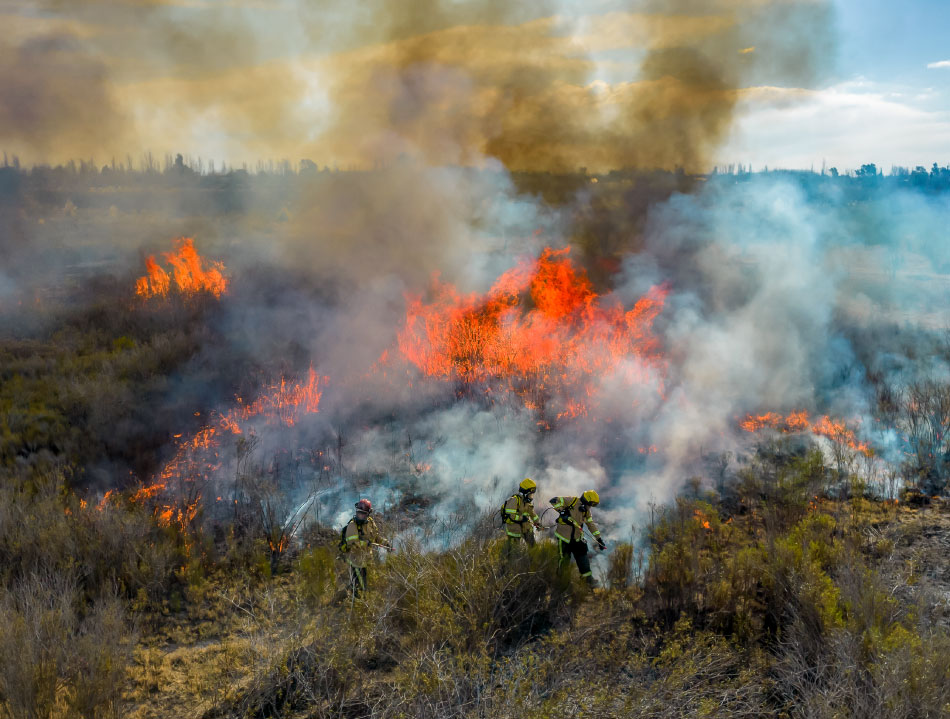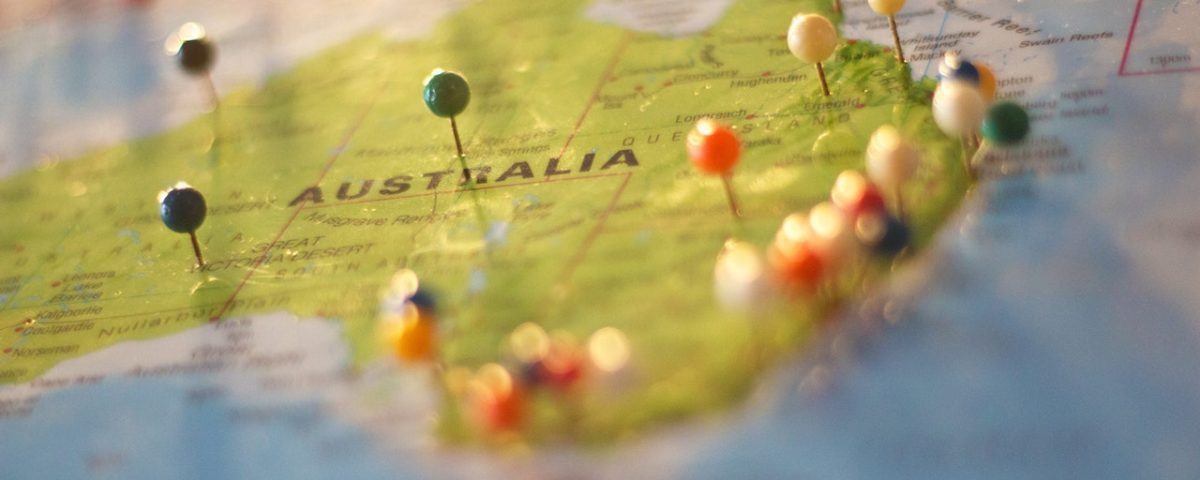
Australia has a long history of devastating wildfires, and fires in the country are only getting more severe as climate conditions continue to worsen. Australian wildfires continue to destroy the country’s natural landscape, threaten its native species, and pose health risks to residents.
As wildfires also continue to devastate areas around the United States, examining Australia’s wildfire history might help us learn more about how we can prevent and safely handle wildfires here in the states. With that in mind, here’s a closer look at the history of wildfires in Australia and what we can learn from it.
Protect your home from wildfire by installing a Frontline Wildfire Defense exterior sprinkler system. For more information, contact us today for a free consultation.
History of Australian Wildfires
Australia’s recent wildfires are among the worst in the country’s history. They have burned millions of acres, contributed to dangerous air pollution, killed countless animals, and forced thousands of residents away from their homes. On top of these short-term effects, these fires are likely to have long-term negative impacts on local ecosystems.
What Causes Wildfires in Australia?
Bushfires in Australia start due to a variety of causes, from lightning to discarded cigarettes to deliberate acts of arson. Once started, these fires are fueled by dry vegetation, low soil moisture, and a lack of rain during the fire season.
Combine these factors with strong winds and high temperatures, and small fires are quickly able to turn into major disasters. Once these fires grow and start to spread, it can be incredibly difficult to manage and contain them.
Worsening Climate Conditions
Fires in Australia are becoming even more common. In the first 10 days of 2020, there were 9,360 fire alerts, and in 2019, there were four times more fire alerts in New South Wales than at any other point in the past 20 years.
One of the main reasons for this is worsening climate conditions. While fires aren’t started due to climate change, they are made much more common and dangerous by climate change. Heatwaves and dry climate conditions make it incredibly easy for these fires to start and spread.
Moreover, wildfires release carbon into the atmosphere, which contributes to climate change even further and leads to climate conditions that are optimal for wildfire spread.
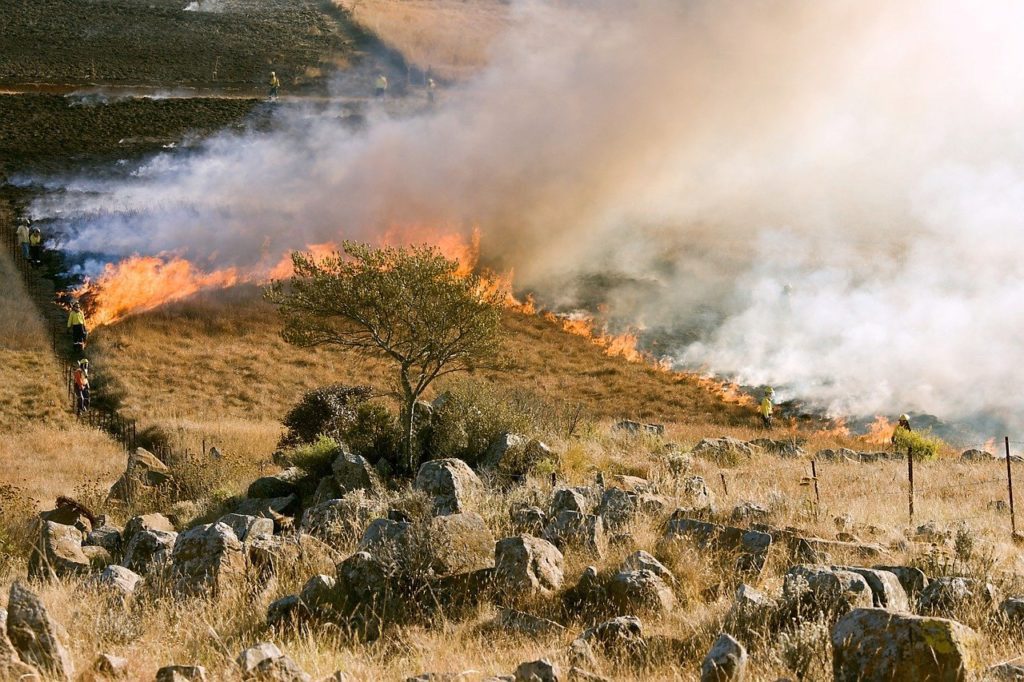
Impact on Wildlife
Many people are aware of the impact wildfires have had on Australian wildlife species, like Koalas, whose natural habitats are being destroyed. Fires burn these species’ food sources and spread too quickly for animals to escape the danger zone.
The World Resources Institute found that about 40% of Australian wildfires occur in national parks, conservation areas, and other legally protected areas. These areas provide valuable habitable land for protected species. Once these areas are destroyed, the animals that live there often do not have anywhere else to go. As such, bushfires present a significant risk to biodiversity and ecosystem health in Australia.
Longer Fire Seasons
To an extent, wildfires are natural and necessary for vegetation and forest management. They clear decay, help germinate plant species, and cycle nutrients. However, as wildfires become more frequent and severe, they serve mostly to destroy rather than conserve.
This problem is exacerbated by the fact that Australia’s fire season is getting longer every year. Per the Australian Bureau of Meteorology’s State of the Climate report in 2018, Australia’s climate has warmed by over 1° C since 1910, making wildfires more common throughout the year.
Impact on Air Quality
Wildfires also contribute to hazardous air quality that can make it dangerous for residents to remain in areas impacted by these fires.
Smoke released by wildfires can worsen respiratory illnesses and heart issues—and other pollutants and fine particles are easily inhaled and can damage the lungs. According to the US Environmental Protection Agency, “These microscopic particles can get into your eyes and respiratory system, where they can cause health problems such as burning eyes, runny nose, and illnesses such as bronchitis.”
Wildfires in the United States
This problem isn’t unique to Australia. The United States is currently dealing with a wildfire crisis of its own. In California alone, there were around 10,000 wildfire incidents in 2020, and five of them were amongst the state’s largest wildfires in recorded history.
To better prepare for wildfires in the states, it’s important to learn from Australia’s bushfires. While there is little that homeowners can do to prevent the spread of wildfires, there are several ways you can protect your family, home, and community against these dangers.
How to Protect Your Home Against Wildfires
Here are a few steps homeowners can take to prepare for destructive wildfires:
- Home Hardening. Harden your home and reduce its chances of ignition by using fire-resistant building materials.
- Evacuation Preparedness. Create a comprehensive evacuation checklist to ensure you and your family know what steps to take if an evacuation is ordered. This includes packing emergency supplies, planning evacuation routes, and more.
- Home Ignition Zone 0 and Zone 1. Manage surrounding landscape, and remove flammable materials within Home Ignition Zone 0 (0′ to 5′ from Home) and Home Ignition Zone 1 (5′ to 30′ from Home).
- External Sprinkler Systems. Protect your home by installing a wildfire sprinkler defense system that can proactively hydrate your home to reduce the chances of ignition.
Install an Exterior Sprinkler System
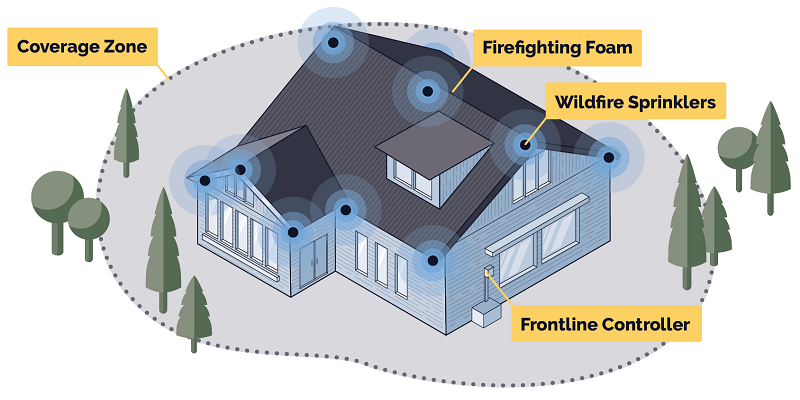
The Frontline Wildfire Defense exterior sprinkler system can protect your home from wildfire with:
- Remote activation for 24/7 protection from anywhere
- Built-in battery backup and satellite communication
- Environmentally friendly, biodegradable Class A foam
- Municipal, well, pool, and emergency water tank supply options
- Wildfire tracking and remote system activation using the Frontline app
For more information on how Frontline Wildfire Defense can help safeguard your home, contact us today for a free consultation.
